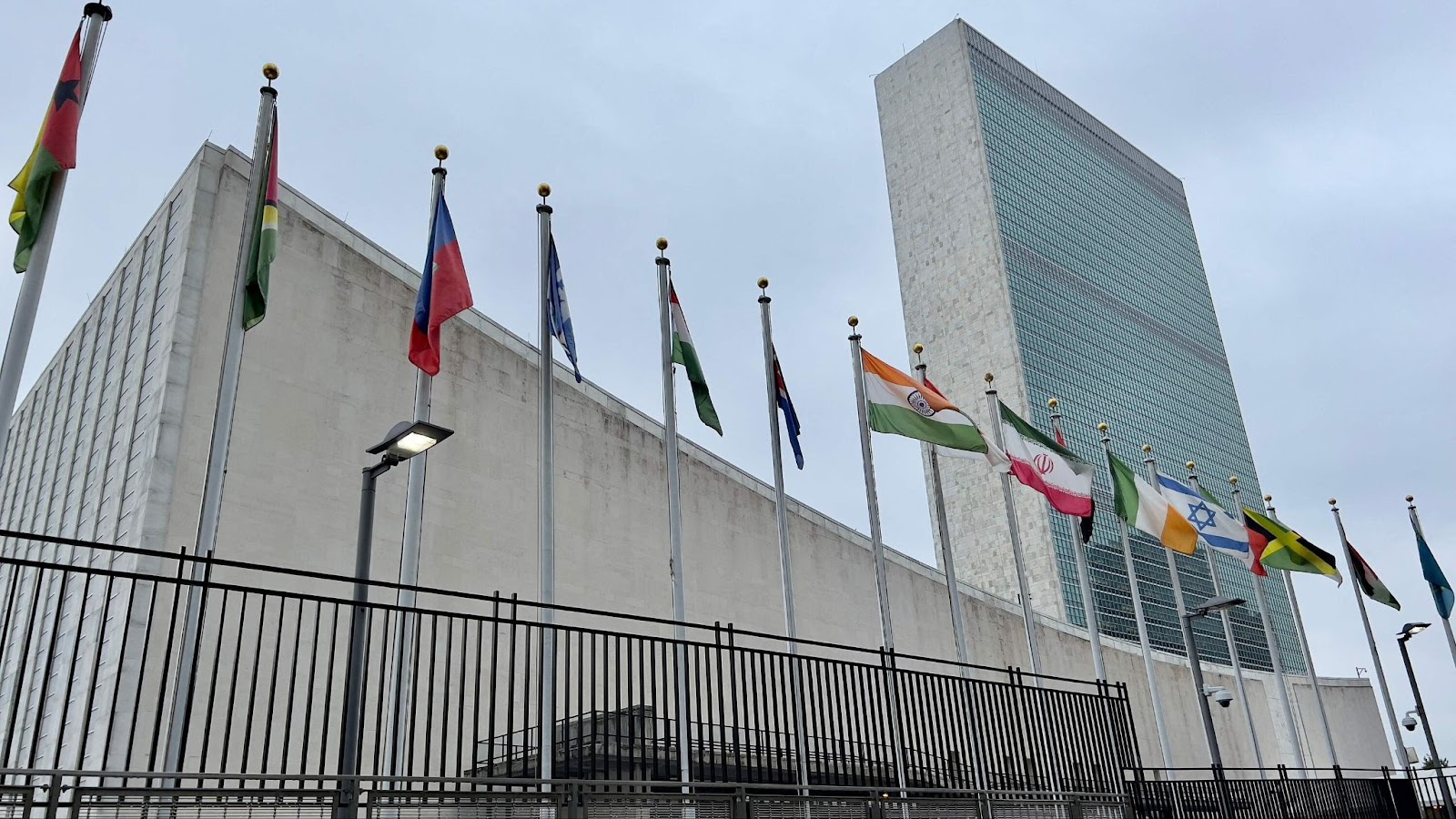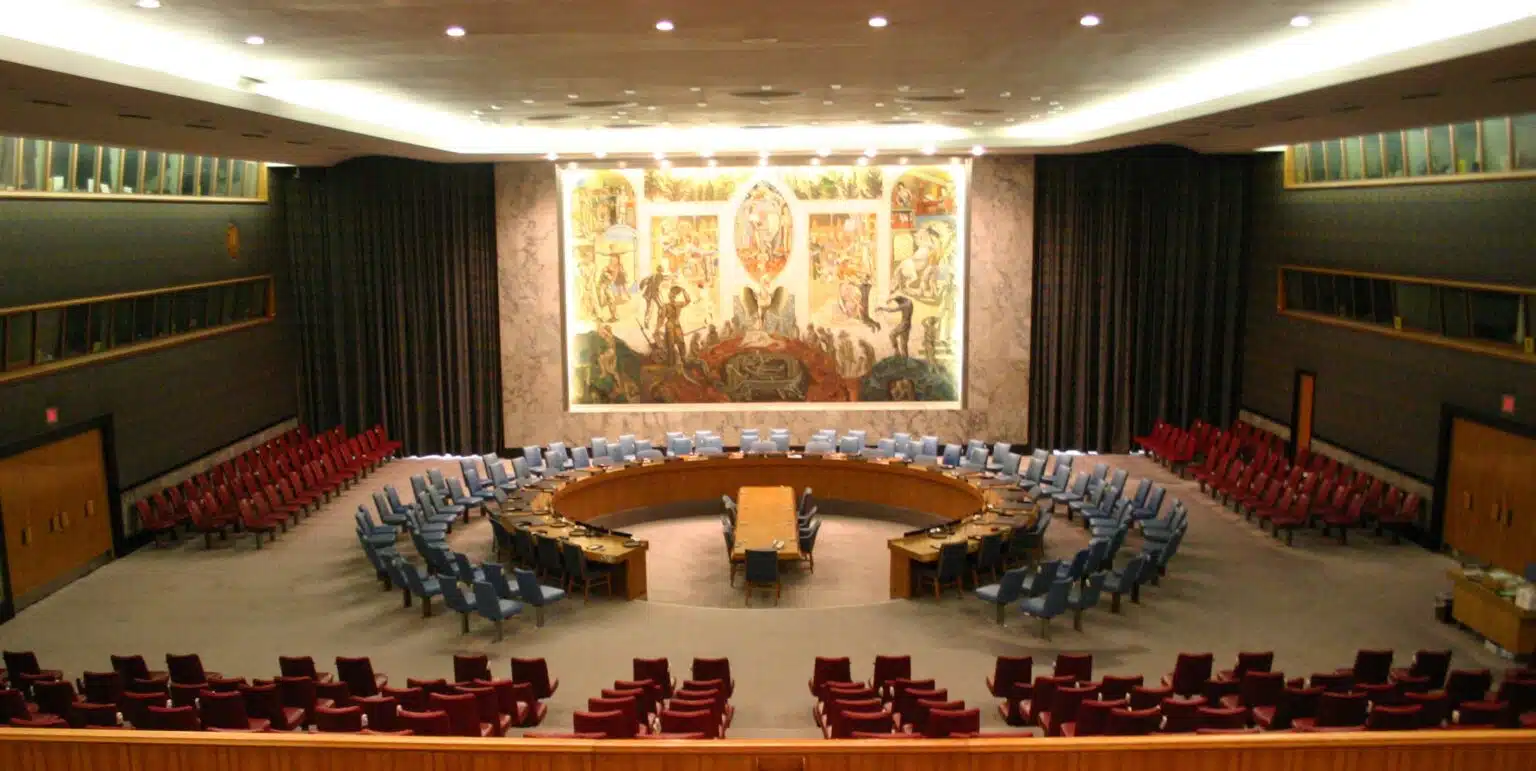Table of Contents
Historic agreement
The High Seas Treaty has been signed by nations after negotiations and deliberations held between countries for more than ten years. It aims to protect and preserve the world’s oceans.

The agreement was signed after thirty-eight hours of talks on Saturday evening at the United Nations Headquarters in New York. The Convention on the High Seas is an international treaty that lays down the rules and laws under which any activity in “international” waters is governed. It is one of the four conventions adopted under the United Nations Convention on the Law of the Seas. It aims to protect thirty percent of the seas by 2024, to protect marine biodiversity and ecosystems.
Signed after a decade of deliberation.
For the first time in forty years, international parties have signed the first convention relating to oceans and international waters. The last convention or treaty on oceans was signed in 1982, which was the United Nations Convention on the Law of the Sea.
As the name of the agreement suggests, it aims to establish an area called the “High Seas,” which would be reserved as international waters where every country would have a right to engage in activities like fishing, shipping, and marine research. There was, however, a clause that stated that only 1.2 percent of these “high seas” international waters would be preserved and protected.
This decision was taken after an assessment proved that any marine life living outside these protected zones was at high risk because of climate change and human activities. These climate changes would affect ocean temperatures and have drastic effects on the existence of any marine ecosystem in a non-reserved and unprotected part of the ocean. Extensive human activities like fishing and quarrying have repeatedly disturbed the existing marine life.
The assessment by the International Union for Conservation of Nature showed that about 10 percent of marine life was found to be at risk of near extinction.
Creating and enforcing such a treaty would not only protect such species from extinction but also prevent it in the future by limiting the amount of fishing that can take place as well as the amount of deep-sea mining and mineral extraction that can take place, as mineral extraction is a major cause of disturbance to animal breeding grounds in the ocean.

Now that regulations and laws will be imposed under the treaty, any violation of the laws would lead to strict environmental regulations and action. The main motive is to carry out activities that are necessary while keeping in mind the idea of sustainability.
The resolution was passed after ten years of deliberations over funding and fishing rights by Rena Lee, the United Nations Ambassador for Oceans. Minna Epps, the director of the IUCN Ocean Team, stated that over the last decade, the major concern of most signing parties was the sharing of genetic resources in the ocean. Marine genetic resources are materials and resources found in animals and plants in the ocean that can be used by humans for pharmaceuticals and food. The most crucial anti-cancer agents for medicines are found in corals.
Since most rich nations possess the resources to utilise the oceans and their components well, there was an apprehension among other nations regarding the equal distribution of any benefits reaped.
It is expected that this treaty will help protect several species under extreme threat of extinction while also protecting and preserving the ocean water itself, thereby promoting the sustainability of ocean resources and protecting ocean water and marine life from the effects of global warming and climate change.
Signing nations are expected to meet again to formally implement the treaty.












